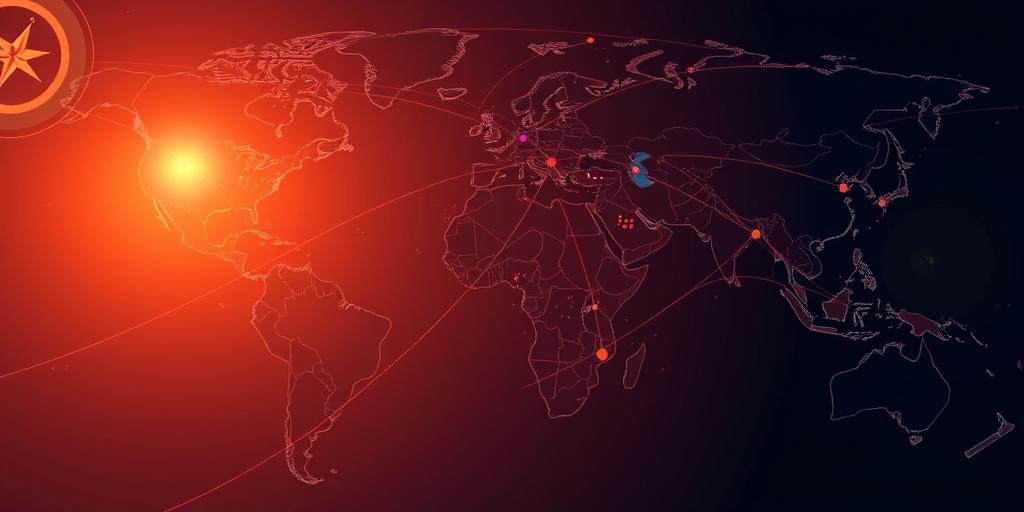Analyzing Regional Geopolitical Landscapes
Understanding regional geopolitical landscapes is crucial in today's interconnected world. These landscapes are shaped by a complex interplay of factors, including geography, history, economics, culture, and political systems. A thorough analysis requires examining these elements and their dynamic interactions.
Key Factors in Geopolitical Analysis
- Geography: Physical terrain, natural resources, and strategic locations profoundly influence regional power dynamics. Access to vital waterways, mountain ranges providing natural barriers, and arable land all play significant roles.
- History: Past conflicts, alliances, and colonial legacies shape current relationships. Historical grievances and shared cultural identities can either fuel tensions or foster cooperation.
- Economics: Trade relationships, economic dependencies, and resource competition are central to understanding regional geopolitics. Economic power often translates to political influence.
- Culture: Shared cultural values, religious beliefs, and ethnic ties can either unite or divide regions. Cultural differences can lead to misunderstandings and conflicts, while shared identities can promote solidarity.
- Political Systems: The nature of governance, political ideologies, and the presence of democratic institutions or autocratic regimes significantly impact regional stability and cooperation.
Tools and Methodologies
Analyzing regional geopolitics involves several methodologies:
- Strategic Foresight: Anticipating future trends and potential disruptions by analyzing current dynamics and emerging patterns.
- Geospatial Analysis: Using geographic information systems (GIS) to map and analyze spatial relationships between different factors.
- Network Analysis: Identifying key actors and their relationships within a region to understand influence and power dynamics.
- Scenario Planning: Developing multiple plausible scenarios based on different assumptions to prepare for a range of potential outcomes.
Case Studies
To illustrate the complexity of regional geopolitical landscapes, consider a few examples:
- The South China Sea: Territorial disputes, resource competition, and strategic maritime routes create a highly contested geopolitical environment.
- The Middle East: A region shaped by historical conflicts, religious divisions, and the struggle for resources and political dominance.
- Eastern Europe: Caught between Russia and the West, this region is characterized by shifting alliances, political instability, and historical tensions.
Conclusion
Analyzing regional geopolitical landscapes requires a multifaceted approach. By understanding the key factors at play and utilizing appropriate analytical tools, policymakers, businesses, and academics can gain valuable insights into the complex dynamics shaping our world.









